Retail brands are reportedly set to ramp up promotions and discounts in the coming weeks as the impact of inflation takes its toll. According to a report by CNN in June, a number of US retail brands including Walmart, Target, and Urban Outfitters are sitting on unsold inventory as consumers have pulled back on spending due to rising living costs, as well as shifted their spending to new categories, away from bulky products such as appliances, for example.
Heavy discounting often come with downsides for brand, of course. Just a few months ago, Marketing Week reported how brands including Superdry, Marks & Spencer, and Pizza Express are all veering away from discounting as a common practice due to the damage it can do to the consumer perception of retailers – eroding exclusivity, for example, or creating a lack of willingness to ever pay full price. If promotions are too many and too wide, brands can run the risk of putting customers off from buying full price in future.
So, with many retailers looking once again to promotions, how should they approach the strategy without damaging consumer perception? And what role can ecommerce UX play, from conversion to creating exclusivity?
Further resources
Explore ecommerce training, including Mastering Ecommerce: Product Content, Pricing and Persuasion.
Discount codes vs. automatic discounting
Discounts aren’t always made available to everyone on product listing and details pages, with some retail brands preferring to target customers with unique or time-limited discount codes that they can apply at the checkout. This, alongside personalised discounts (based on past orders or interests) can help to make customers feel valued and crucially keeps the higher or full prices in view on the ecommerce site.
Discount codes have other benefits, such as being used to track conversion performance of various channels of promotion.
With that said, manually entering a discount code can also cause friction – whether due to typos, expiration dates, or trouble locating the code entry box – and end up negatively impacting the customer journey. Furthermore, if a customer doesn’t know about a discount, they may not make a purchase they would be otherwise tempted to.
Which approach to take will depend on brand and product strategy, and the audience being targeted.
Domino’s is a good example of automatic discounting. The restaurant chain has a dedicated ‘Deals’ page, where customers can click to apply codes or offers before they start browsing and selecting their order. This takes the customer through the process step-by-step, giving them full visibility of how much they need to to add to qualify or how much left they might have to spend. This guided customer experience not only feels more seamless, but it also means that users are less likely to get distracted or abandon once they have selected their deal. Of course, this is often part of longer term pricing strategy to drive off-peak demand and cater to a range of customer budgets.
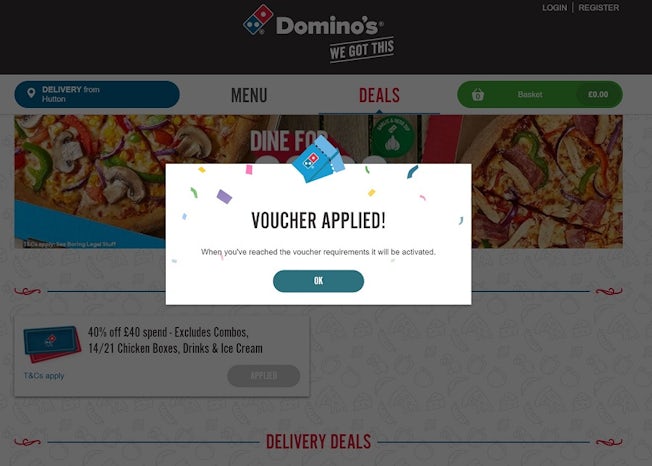
Discounts can promote omnichannel strategy
Brands are increasingly investing in omni-channel capabilities, using technology to create a seamless customer experience across online and offline channels. As Shopify states in its ‘Future of Retail’ report, this strategy enables retailers to increase customer order value, with customers more likely to add extra items to their cart, for example, if they can pick them up immediately.
Additionally, then, retailers should also consider promotions within this context, such as rewarding customers with a discount code if they exhibit a particular behaviour. For example, Kyle Monk, Director of Insight, British Retail Consortium told Shopify: “Some brands are viewing returns as an additional touchpoint, offering an extra discount at return if you use the store credit the same day.”
Getting the right mix of discounts and rewards
Big discounting events like Black Friday have in the past come with a lot of hype, with emails promising the biggest and best sales. However, speaking to Econsultancy last October, LoyaltyLion’s CEO Charlie Casey cited a study that found 60% of customers feel that Black Friday discounts aren’t as good as they expect them to be. In order to avoid feeding into this sentiment, then, Casey suggests that retailers should focus on what else might drive retention and loyalty all year round.
“There’s potential for merchants to offer alternatives to discounts that protect their profit margins and improve the lifetime value of their customers. Turns out, these alternatives will make customers just as likely to buy from brands over peaks as discounts,” he said. “Trendsetters in the ecommerce space will be those who shift towards deploying alternative incentives alongside discounts that maximise lifetime value and the longevity of their promotional activities.”
Free gifts is one example, which toy retailer Hamleys is currently offering to customers if they spend over £50 online. Not only does this type of reward contribute to positive sentiment about the brand, but it is also a good way to increase average order value online.
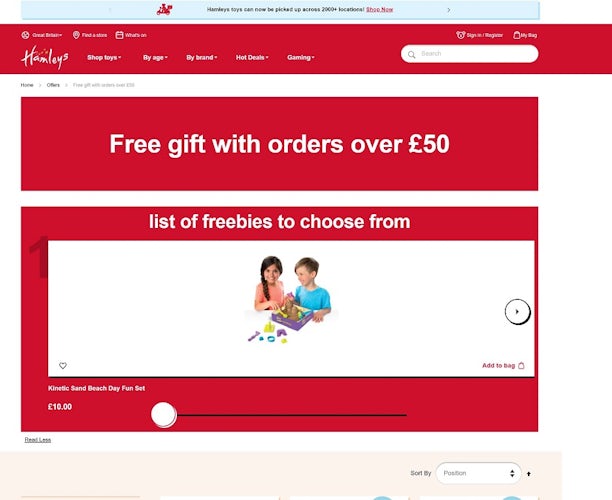
Exclusive sale access to generate and manage demand
Sales events can be hugely lucrative for certain retailers, particularly if they are promoted effectively. Next’s summer sale is typically one of the most anticipated annual discounting events, driving interest both in-store and online. In order to further ramp up excitement and foster loyalty, Next uses ‘VIP access’ slots which gives customers the best chance of securing the items and sizes they want. In doing so, Next successfully builds anticipation and heightens exclusivity for valued customers.
Next also uses multiple marketing channels to spread the word, sending SMS messages and emails alerting customers of their personal time slot. By giving customers a specific time to access the sale, Next is also able to take better control of its inventory, as well as ensure that its website runs smoothly.
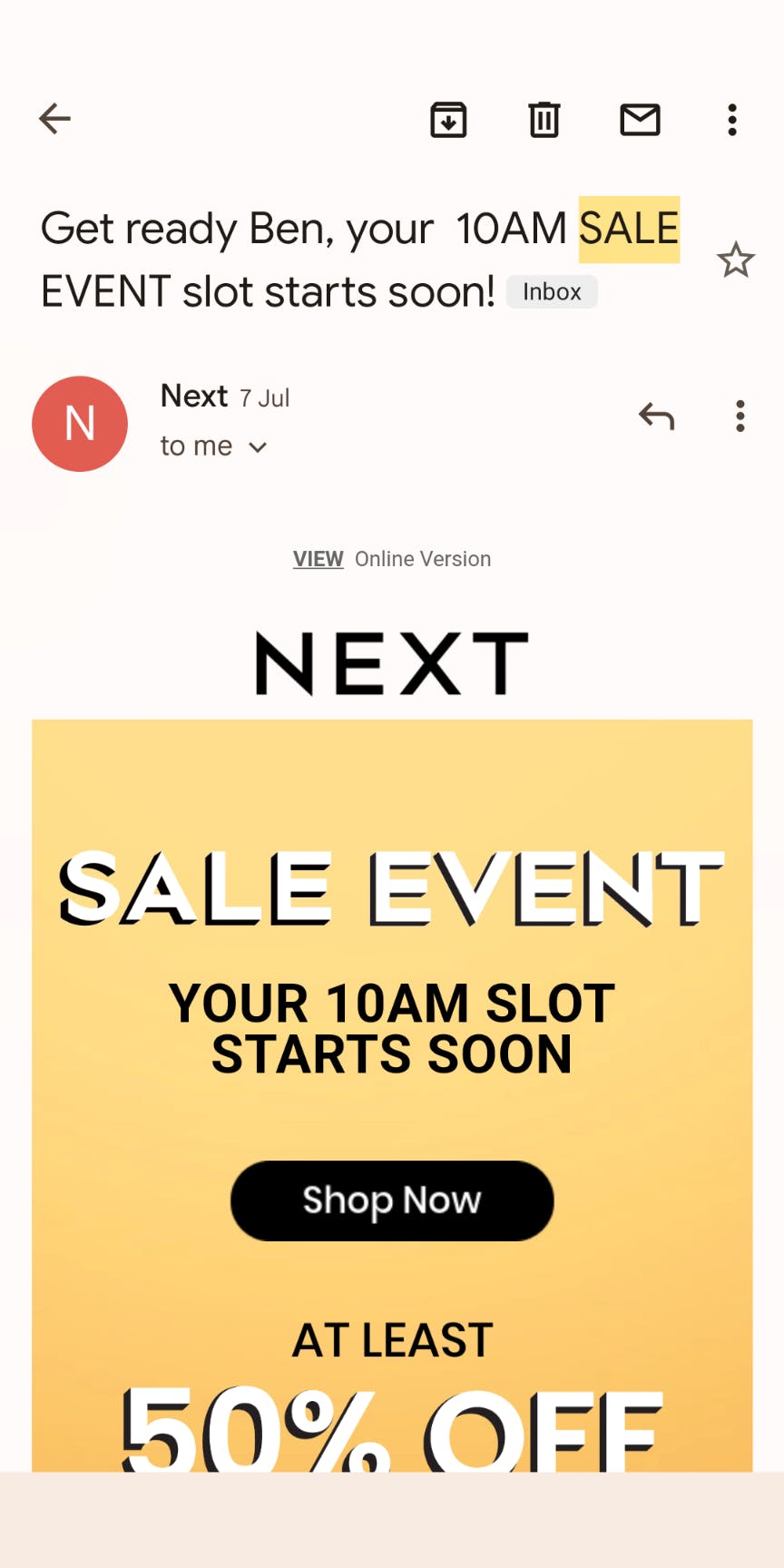
Highlighting savings and incomplete offers at the checkout
Basket abandonment remains a big issue for online retailers. According to the latest figures from SaleCycle, the average abandonment rate is around 83.36%.
Integrating discounts and offers at the checkout can help to reduce basket abandonment and increase conversions. Walmart, for example, doesn’t only highlight the original and new price of an item, but explicitly states how much the customer is saving. If the customer is unsure about buying, this could nudge them to make a purchase rather than abandon it.
Another tactic is also to tell customers what discounts they might be missing out on. This is common among supermarket retailers such as Waitrose, for example, which takes the user to a ‘complete your offers’ page before the final checkout, which is likely to encourage the customer to buy additional items at the last minute.
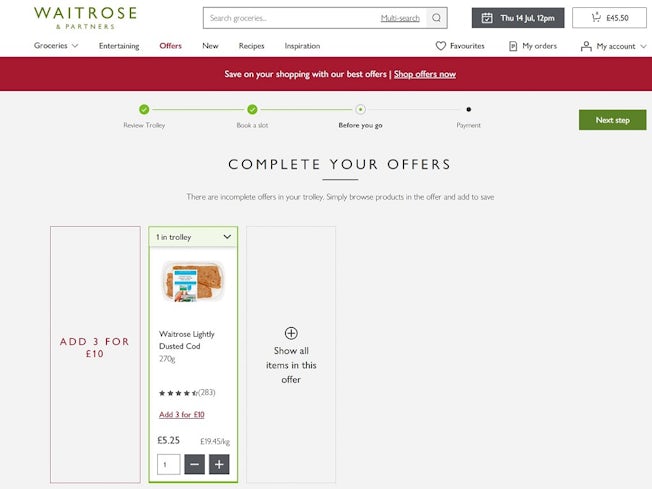
A wider brand price promise can reassure buyers year-round
Another way to consider a promotions strategy is to make it part of a wider brand promise, such as value for money, which can work alongside other brand values such as high quality and good customer service.
One example of a retailer that does this is Currys, which has made its ‘Price Promise’ a key part of its overall customer experience. This means that, alongside regular sales, it pledges to always price match products against any other major UK retailer that offers it cheaper, as well as to match discount codes.
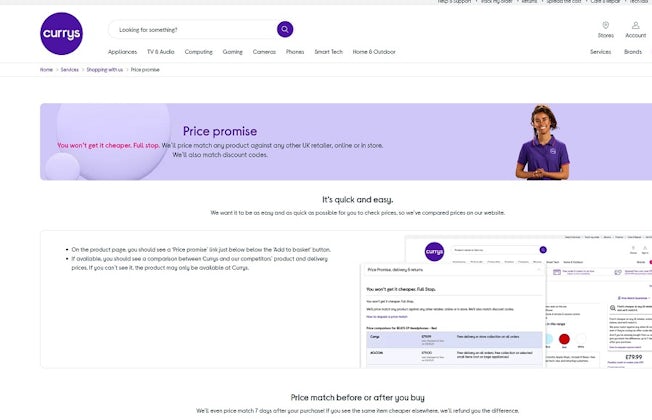
While this strategy is less effective than discount codes at driving immediate conversions, the aim is to reinforce trust, enabling the retailer to reassure customers that it puts their best interests first, and that prices are competitive.
In the competitive world of grocery, Sainsbury’s has this year expanded its Aldi Price Match to 250 products, another good example of a retailer reiterating its value in every shop, year-round.
Clear sale timings can help maintain exclusivity
Finally, luxury brands are typically reluctant to offer promotions due to the risk that it could dilute exclusivity and erode brand perception. Discounting was seemingly unavoidable for luxury brands in 2020 and 2021, however, as the impact of the pandemic forced even the most high-end brands to shift unsold and excess stock.
There are ways that some luxury brands can offer promotions with subtlety. Mid-season sales remain popular, with some ensuring that exclusivity is retained by setting clear time limits, which is communicated with clear and precise language.
Ralph Lauren, for example, has a fixed end date for its summer sale, which it succinctly conveys at the top of the page. Additionally, it uses a pop-up asking customers to sign-up to receive priority access to new offers, again heightening exclusivity and making customers feel valued – regardless of whether they are buying discounted stock.
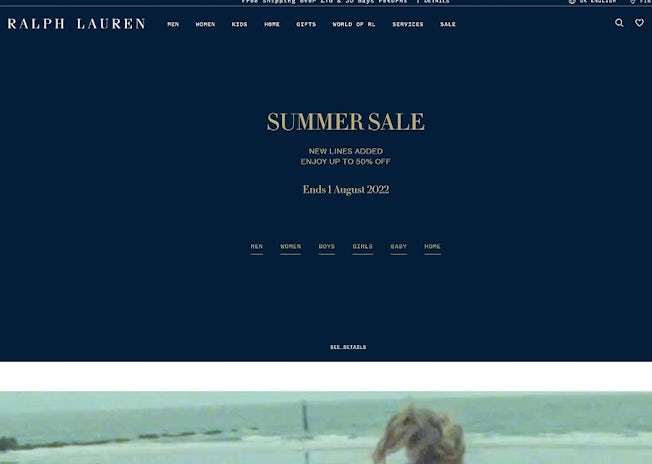
For more on ecommerce, head to Econsultancy’s Ecommerce resources page.

Comments